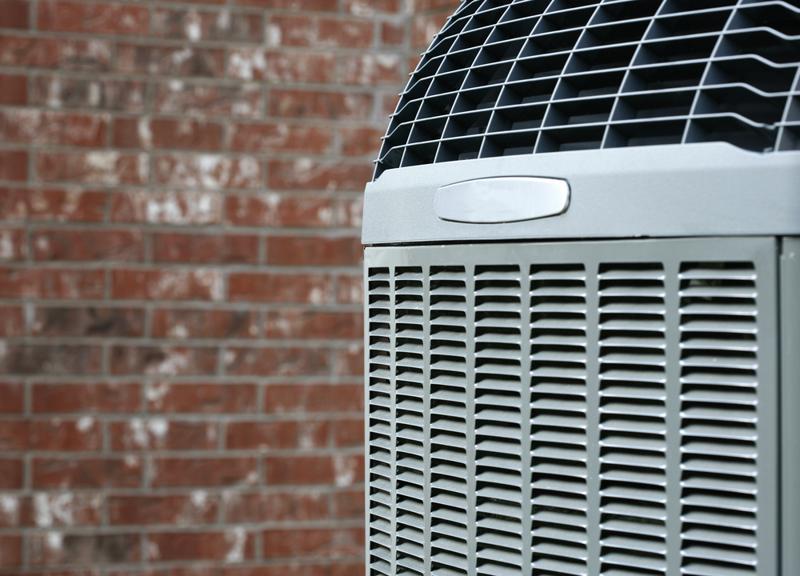Thinking about testing the housing market? Planning a property tune-up? Well, improving your home's energy efficiency might be a good idea. Plus, the weather is perfect for such a project – the temperatures are cool and the kids are still at school.
But before you break out the tool box and take off work, develop an efficiency-focused home improvement plan that includes these steps:
Run a systems check
First, focus on existing fixtures and look for possible improvements. With summer a few months away, your air conditioning unit should a central concern. Start by replacing your unit's filters and cleaning its evaporator coils, U.S. News and World Report recommended. Additionally, check its refrigerant levels – you might need to add more freon. If you're uncomfortable doing these tasks, you can always call an AC technician. Just make sure to maintain your cooling system. Such maintenance can reduce your AC energy consumption levels by as much as 15 percent.
Next, move on to your water heater. Most homeowners use this appliance year round, so your unit may need some tender, loving care. Experts recommend draining 25 percent of the tank to flush out detritus. Also, knock down the temperature setting to make your hot water usage more efficient.

Hit the lights
Exterior and interior lighting fixtures with traditional incandescent bulbs consume a lot of energy and burn out quickly. The Department of Energy suggests replacing such bulbs with compact fluorescent lamps or light-emitting diodes, which use 25-30 percent less energy than incandescent bulbs and last eight to 25 times longer.
If you're prepared to do some minor electrical work, installing dimmer switches for indoor lighting is also another good energy-saving option, Good House Keeping reported. These switches take under an hour to install and double bulb lifetimes. Plus, they only cost around $10 a piece.
Motion sensors quickly cut energy use for outdoor lights. Additionally, if you've got a rarely-used guest room or two, these can come in handy indoors as well.
Add some accessories
Once you've improved your existing situation, consider adding some accessories to maximize your home's energy efficiency. If you want to make a quick, substantial impact, acquire some Energy Star-certified appliances. These add-ons are designed to conserve energy and, since their rise in 1992, have saved users more than $350 billion in utility costs and prevented an estimated 2.5 billion tons of greenhouse gas from entering the atmosphere.
Looking for more cost-effective solutions? Install low-flow faucets and toilets or purchase energy-saving home decor like heating blankets. Additionally, put programmable thermostats in high-traffic areas. These automated tools will enable you to maintain a balanced indoor temperature and save you big money on cooling and heating costs. For every degree you lower your thermostat over an eight-hour period, you save 1 percent on your utility bill.
Step away from the stove
As you can imagine, most kitchen appliances – especially ovens, ranges and refrigerators – aren't very energy efficient. So, consider scaling back your current appliances. For instance, getting rid of a second refrigerator or freezer will save you as much as $700 in energy costs. Also, address your cookware. Replacing your old saucepan with a newer model that heats more evenly will reduce your prep-related energy consumption.
Of course, you could take a rest from the kitchen altogether. Grill outside instead or test out new recipes that require little gas- or electric-powered prep. Salads and gazpacho are no-fuss, flavor-rich options, Bon Appetit reported.
After you've planned and executed your spring energy-saving strategy, call in a home inspector to perform an energy audit. You might have room for further improvement.


